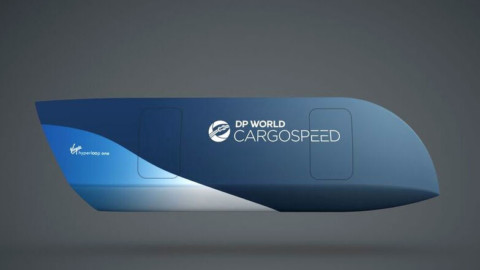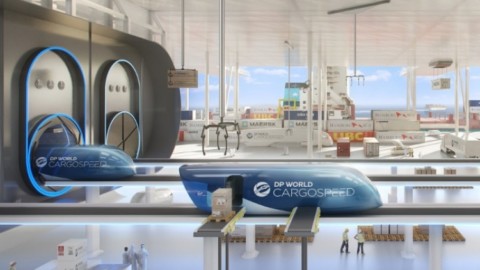Researchers using the world’s largest laser have generated 70% of the energy needed to ignite a fusion reaction.
A team combined 192 laser beams into a 1.9 megajoule pulse that heated a BB-sized capsule of deuterium and tritium (isotopes of hydrogen) to 100 million degrees Celsius on 8 August 2021, a press release claims. The laser blast was a test of the National Ignition Facility (NIF) at the Lawrence Livermore National Laboratory in Livermore, California.
Scientists think the laser briefly ignited a chain reaction they call plasma burning, FutureTimeLine claims. In plasma burning, the fusion reactions get hot enough to trigger more fusion reactions. The hope is to use the laser to trigger a self-sustaining fusion reaction that can generate power.
Successful Fusion Laser Test
The National Ignition Facility is the world’s largest inertial confinement fusion device and the world’s biggest laser. The recent experiment was the most successful test of the NIF yet.
“After many years at 3% of ignition, this is super-exciting,” Mark Herrmann said. “This gives us a lot more encouragement that we can go significantly farther.” Hermann is the head of Lawrence Livermore’s fusion program.
The test even got some NIF critics excited about laser ignition. One critic even wants the government to spend more money on the NIF.
“I am surprised. They have come close enough to their goal of ignition and break-even to call it a success,” retired plasma scientist Stephen Bodner said. “It demonstrates to the sceptic that there is nothing fundamentally wrong with the laser fusion concept. It is time for the U.S. to move ahead with a major laser fusion energy program.”
Rapid Pace of Improvement
“The pace of improvement in energy output has been rapid, suggesting we may soon reach more energy milestones, such as exceeding the energy input from the lasers used to kick-start the process,” Professor Jeremy Chittenden says. Chittenden, the co-director of the Centre for Inertial Fusion Studies at Imperial College London, thinks this test is just the beginning.
“Far higher fusion energies can be achieved through ignition if we can work out how to hold the fuel together for longer, to allow more of it to burn,” Chittenden speculates. “This will be the next horizon for inertial confinement fusion.”
“This is a giant step toward the holy grail of energy research,” TV personality and theoretical physicist Michio Kaku told CNBC’s Shepherd Smith. “To hit break-even, to extract more energy than you put in, and this could eventually become a game-changer.”
Despite Kaku’s optimism, the NIF is still far from achieving a reliable fusion reaction. The 8 August test triggered a fusion reaction that lasted a hundred trillionth of a second, Kaku admits.
To achieve fusion, the NIF needs to 10 fire laser blasts a second at 100% capacity, FutureTimeLine speculates. Hence, the NIF could be far from laser energy fusion.
Is Fusion Here?
Yet the NIF is advancing fast. The August 8 tests were eight times more powerful than tests in Spring 2021 and 25 times more powerful than tests in 2018. At that rate, the NIF could achieve the 100% test in the next few months.
Igniting fusion could take some time because humanity’s ability to generate power is still far lower than Mother Nature’s. The NIF laser’s power is 0.1% that of a lightning bolt, FutureTimeLine notes.
Ignition is only the beginning of fusion. Scientists need to solve many other problems, including containing the super-hot plasma and making electricity before your local power company can hook up a fusion reactor.
Hopefully, private fusion companies such as Commonwealth Fusion, General Fusion, and Helion can adapt the NIF technology to their reactors.
Originally published at https://marketmadhouse.com on August 23, 2021.













